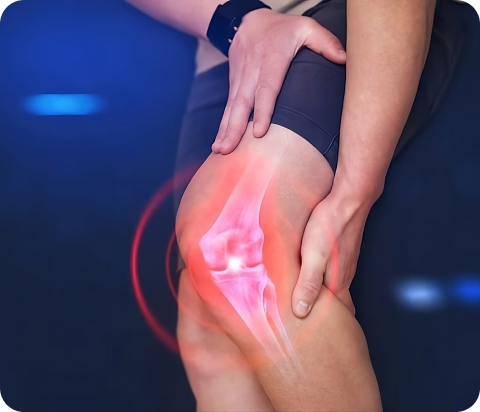Recovering from sports injuries often involves various treatment options, and one increasingly used method is prolotherapy. This regenerative injection therapy stimulates the body’s natural healing processes, offering potential benefits for injured athletes and active individuals. Here is more information on what prolotherapy is, how it works, and its application in sports injury recovery:
Understanding Prolotherapy
Prolotherapy, short for proliferative therapy, is a regenerative technique involving targeted injections at the site of musculoskeletal injuries. The injections typically contain an irritant solution, such as dextrose and saline, designed to trigger a controlled inflammatory response. This response stimulates tissue regeneration and repair.
By promoting the growth of new collagen, this therapy can strengthen damaged ligaments, tendons, and joints while reducing pain. The treatment is often performed in a series of sessions spaced weeks apart, with the number of appointments depending on the injury and individual response. This therapy is particularly relevant for chronic sports-related injuries, including tennis elbow, rotator cuff injuries, and certain knee and ankle ligament issues. Athletes struggling with these conditions may regain function while improving overall joint stability.
Exploring Benefits
Athletes often choose prolotherapy due to its benefits in sports injury recovery. First, it offers a treatment pathway for injuries that do not respond well to traditional methods, such as rest, physical therapy, or anti-inflammatory medication. Unlike temporary fixes, prolotherapy addresses injuries at their root by stimulating the body’s own repair mechanisms.
Another advantage is its ability to improve joint function and reduce chronic pain without the need for invasive procedures. Surgery often presents longer recovery periods, and not all athletes are candidates for or comfortable with surgical interventions. By comparison, prolotherapy is an outpatient procedure with minimal downtime, allowing athletes to resume light physical activity shortly after.
Prolotherapy focuses on enhancing tissue strength and resilience. Repeated stresses from sports can weaken ligaments and tendons over time, making them more prone to future injury. This therapy works to rebuild these tissues, potentially reducing the likelihood of reinjury and promoting long-term durability.
Identifying Key Applications
Prolotherapy has proven particularly effective for several types of sports-related injuries. Chronic tendonitis, including conditions like Achilles tendinitis or golfer’s elbow, responds well to this therapy by addressing inflammation and accelerating healing. Tendon injuries that linger over time or repeatedly flare up can become less problematic with sessions.
Ligament injuries frequently benefit from this treatment as well. Prolotherapy promotes ligament growth and repair, which stabilizes joints. This can be helpful for athletes dealing with recurring ankle sprains, knee instability due to damaged ligaments, or other effects of ligament laxity.
Joint injuries, including osteoarthritis or cartilage damage resulting from years of intense training, also fall within the scope of prolotherapy treatment. Athletes can experience enhanced mobility and reduced discomfort by targeting weakened joint areas. Prolotherapy may not fully reverse severe deterioration, but it can support partial regeneration and alleviate pain.
Learn More About Prolotherapy
For athletes and active individuals, prolotherapy represents a non-invasive, regenerative solution to chronic sports injuries. By stimulating natural tissue repair, it helps strengthen weakened areas, reduce pain, and prevent future issues. While this therapy is not a quick fix and results vary among individuals, many athletes find it to be a valuable tool when other treatments have failed. Athletes interested in prolotherapy should consult a qualified medical professional to discuss options, determine candidacy, and evaluate potential outcomes. By adding this technique to an injury recovery plan, individuals can foster healing while maintaining the longevity of their active lifestyle.

